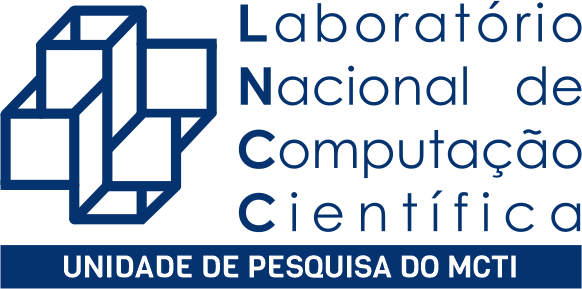EVENTO
Mathematical and Numerical Models for Anisotropic Fluid Simulation in a Deformed Space
Tipo de evento: Exame de Qualificação
The goal of this work is to propose a mathematical and computational model to address an anisotropic incompressible fluid transport problem for visual effects applications. The mathematical model, which will be proposed, aims to modulate fluid transport using a symmetric positive-definite second-order tensor field. The tensor field is interpreted as a space deformation, and the model must ensure mass and momentum conservation in the deformed space reference frame. This modulation will allow us to control the fluid path in the canonical reference frame and enable us to create animations that are difficult or even impracticable to achieve with just a force field. The first step of the thesis proposal is to create a mathematical model that ensures mass conservation in the deformed space frame, causing an effect of compression or dilation in the canonical reference frame due to the space deformation. Additionally, another aspect of the proposal is the construction of a mathematical model that ensures momentum conservation in the deformed space reference frame. This is unlike the previous model proposed in [1], which did not ensure momentum conservation in the fluid flow. The second step of the thesis proposal is to improve the previous numerical model [2] to reflect the differences between the new theoretical model and the previous one proposed in [1]. Additionally, the finite difference discretization model for the anisotropic Helmholtz-Decomposition used in [2] will be enhanced to incorporate a higher-order finite volume method, aiming to increase the numerical model's accuracy. Another improvement to the numerical method is the addition of anisotropic viscosity discretization, also using the finite volume method, which was not discussed in [2]. The implementation of the numerical model will be done in the C/C++ language, using OpenGL as the graphics API for visualizing the simulation. Houdini [3] will be used to build the fluid mesh, and Blender [4] will be used to create the final rendering, for presenting the experiments.Para assistir acesse: meet.google.com/vms-finx-eyy
Data Início: 23/09/2024 Hora: 14:00 Data Fim: 23/09/2024 Hora: 17:00
Local: LNCC - Laboratório Nacional de Computação Ciêntifica - Virtual
Aluno: Emanuel Antônio Parreiras - - LNCC
Orientador: Gilson Antônio Giraldi - Laboratório Nacional de Computação Científica - LNCC Marcelo Bernardes Vieira - Universidade Federal de Juiz de Fora - UFJF
Participante Banca Examinadora: Jauvane Cavalcante de Oliveira - Laboratório Nacional de Computação Científica - LNCC José Karam Filho - Laboratório Nacional de Computação Científica - LNCC Philippe Remy Bernard Devloo - Universidade Estadual de Campinas - UNICAMP
Suplente Banca Examinadora: Marcio Rentes Borges - Laboratório Nacional de Computação Científica - LNCC


